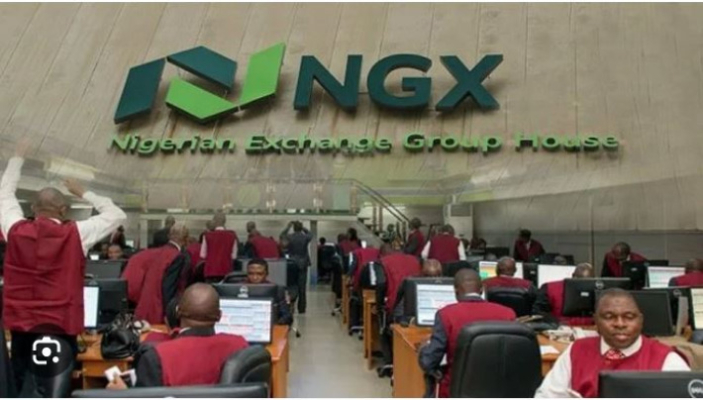With just a few short weeks left to the end of the year, there has been an interesting vicissitude of activities within the Nigerian Stock Market. Its concomitant bull and bear run have, in multifarious ways, mirrored economic and fiscal activities in the country, and of course, across the globe.
Some of these activities have resulted in positive financial results by some companies listed on the NGX as it has also adversely affected others, all leading to a tempting index return of +15% earlier in the year before it’s unfortunate, but understandable easing hitherto.
Of more curious interest is the fact that some of these equities have, in many ways, rebelled against market forces and remained relatively cheap, price-wise, compared to their released financial results, particularly for Q3.
It, therefore, goes without saying that a deep ocean of opportunity to fish from for relatively cheap company stocks currently exists within the market. But what do we buy and why? It can be hard to tell without the proper tools guiding us. Thus, for the next few weeks till the year’s end, more particularly, until financial full-year results are announced, we will brush up on our financial ratios, understanding their importance, and when and how to use them.
We shall begin with the popular and extremely critical Price Book Value (PBV) analysis, used by many financial analysts.
So, some of the greatest stock market investors of our time, such as Warren Buffett are proponents of what is known as “value investing” and there is no fundamental analytic metric more associated with company value than the Price to Book ratio.
Simply put, the price-to-book ratio, or ‘P/B ratio’ or PBV, is a financial accounting and analytic ratio used to compare a company’s current stock market price, to its book value. The ‘book value is the value of a company’s assets expressed on the balance sheet compared to its liabilities.
The idea behind value investing is to find what is termed ‘market sleepers’. These are companies that should be worth more than are at current market price, at a given period. Value investors search for and hold them whilst others are oblivious to their true worth and then sell them at a great profit when they finally make the news and the stock price is driven upwards by a sudden demand.
However, it is important to note that the PBV, critical as it is, has its limitations and under some circumstances, may not be the most effective metric for valuing companies, and we will soon see why.
Regardless, companies with a high PBV, typically greater than Numeral 1 (one), sometimes written in analytical terms as ≥1.0x, are deemed overvalued, whilst companies typically with representations less than 1 (one), written as ≤1.0x, are considered undervalued and worthy buys.
But how do we come about these values you may ask? Well, dependent on the balance sheet and the sector, the computations are typically not very difficult, particularly if you have a pen, paper and a calculator, or better still, know-how of MS Excel.
Another important notice, as with most ratios, however, there is a fair amount of PBV variation by industry. Certain Industries which require huge infrastructure to drive profits will typically trade at PBVs much lower than, for instance, IT or consulting firms.
Thus, PBVs are commonly used to compare banks and other financial institutions against each other, as most assets and liabilities of such institutions are constantly valued at going market rates.
It is also worthy of note that PBV analysis does not directly provide any information on a company’s ability to generate profits or cash for shareholders. It just provides information on a company’s going market value, compared to its price at a given period and its balance sheet information within the given time.
So, it is critical that if you must ever use a PBV analysis to make a decision, all information needed should be culled from a given financial window, not before or after.
One rather easy way of calculating the PBV can be done in three steps from viewing a company’s financial statement. Firstly calculate what is known as the ‘book value’; Subtract the company’s total liabilities from its assets. Next, you divide the book value by the company’s outstanding shares to give you its ‘Book Value Per Share. And finally, you divide the resultant Book Value Per Share by its last traded Stock Market Price to give the ‘Price to Book Value.





































